Measuring turbidity with a modified Open Colorimeter
In this post we describe a prototype right-angle (R/A) cuvette holder for turbidity measurements.
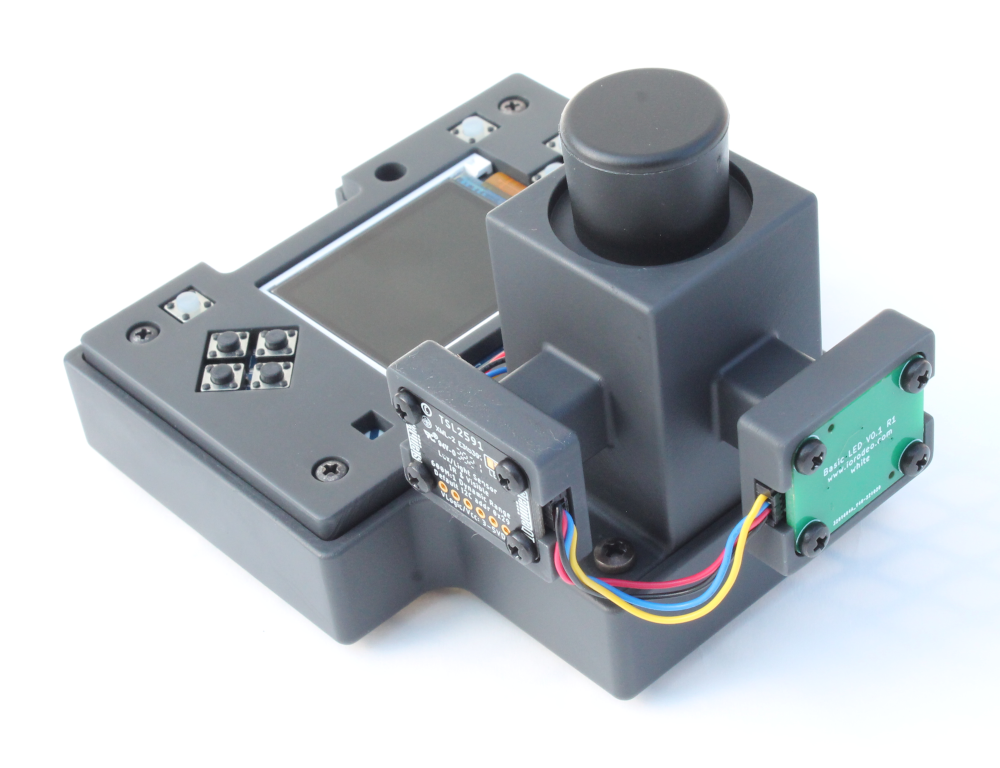
Last year we introduced our Open Colorimeter for measuring absorbance of light through a sample in a standard cuvette. A popular application for colorimetry instruments is water quality measurements such as ammonia, nitrate, nitrite etc. Currently the Open Colorimeter does not have a turbidity test for measuring water clarity/cloudiness. These tests are performed by comparing water samples to a turbidity standard. One method for performing turbidity tests is based on measuring the amount of light-scattering by suspended particles in the sample. The higher the amount of suspended particles or turbidity, the greater the amount of scattered light.
We have received several requests from the community for adding turbidity measurements to the Open Colorimeter as noted in our recent Survey. Implementing turbidity tests would further expand the number of tests performed with the same instrument, reducing the costs of purchasing a separate turbidimeter. Most of the hardware components for measuring turbidity are the same as absorbance measurements. The main hardware difference is that the light-sensor is placed at a 90° angle to the light source. This is to ensure that the light being measured by the sensor is only from scattered light and not incident light.
In addition to water-quality testing, a lab-based turbidity instrument can be used for any turbidimetric assay (e.g. these sulfate or potassium tests) and by home-brewers for measuring beer haze and/or monitoring yeast growth.
We recently started prototyping a right-angle (R/A) version of our 3D-printed cuvette holder as described in this post.
FreeCAD design
The first step was to re-design our cuvette holder so that the light sensor was placed at a right-angle to the LED board. We wanted to keep the footprint the same so that it would be easy to switch between different cuvette holder variants on the Open Colorimeter without changing any other hardware.
The design was made using FreeCAD with 3D printing at JLCPCB.
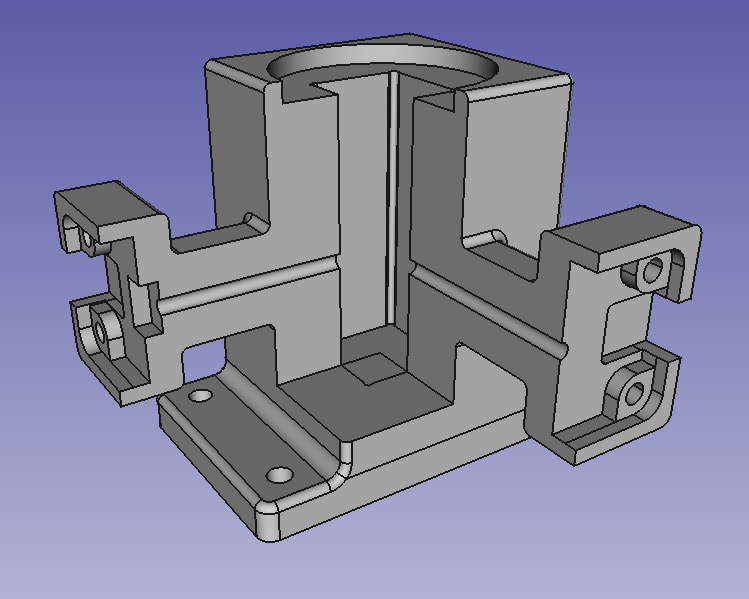
Images of R/A cuvette holder prototype
Below are some images of the first 3D-printed prototype.
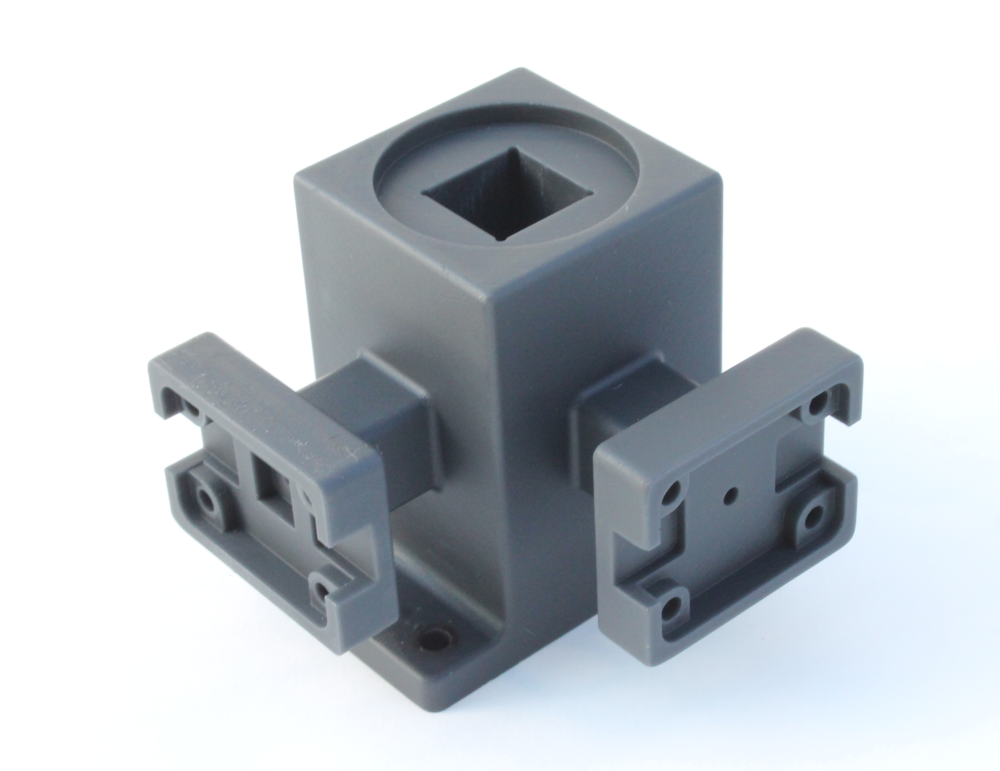
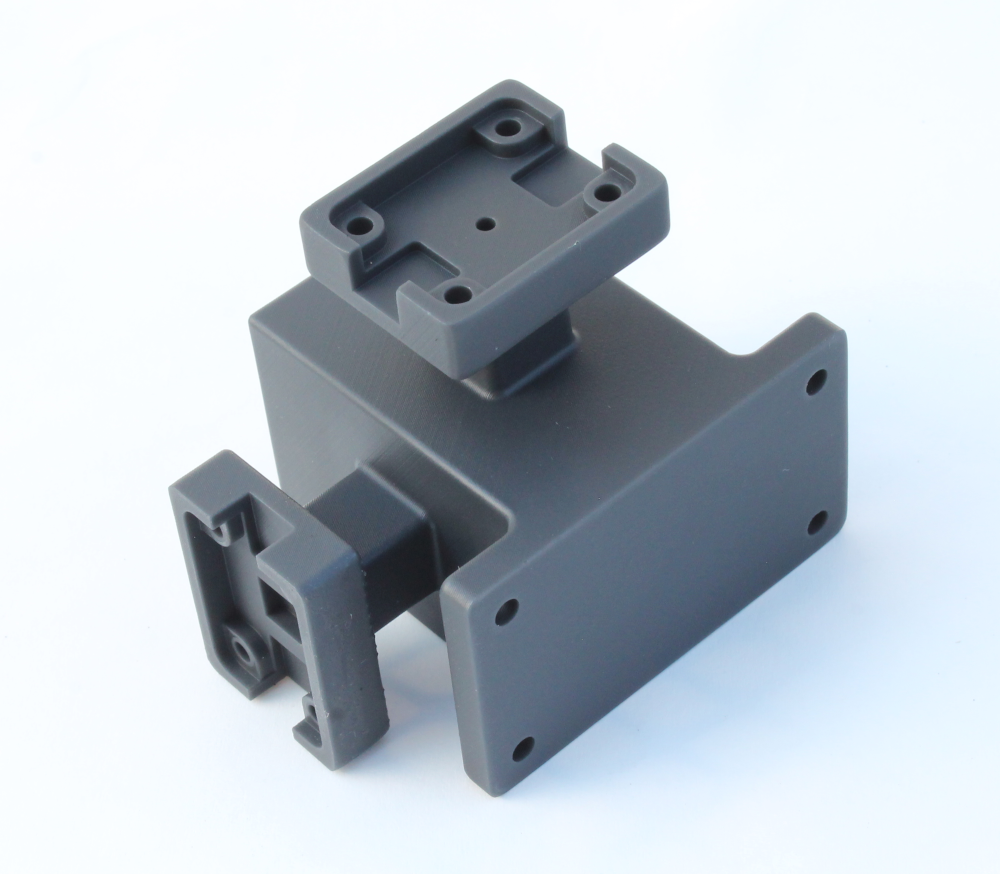
The LED-Light Sensor electronics are the same as the Open Colorimeter. They are mounted them onto the R/A cuvette holder as shown below using the same mounting hardware (screws and nuts).

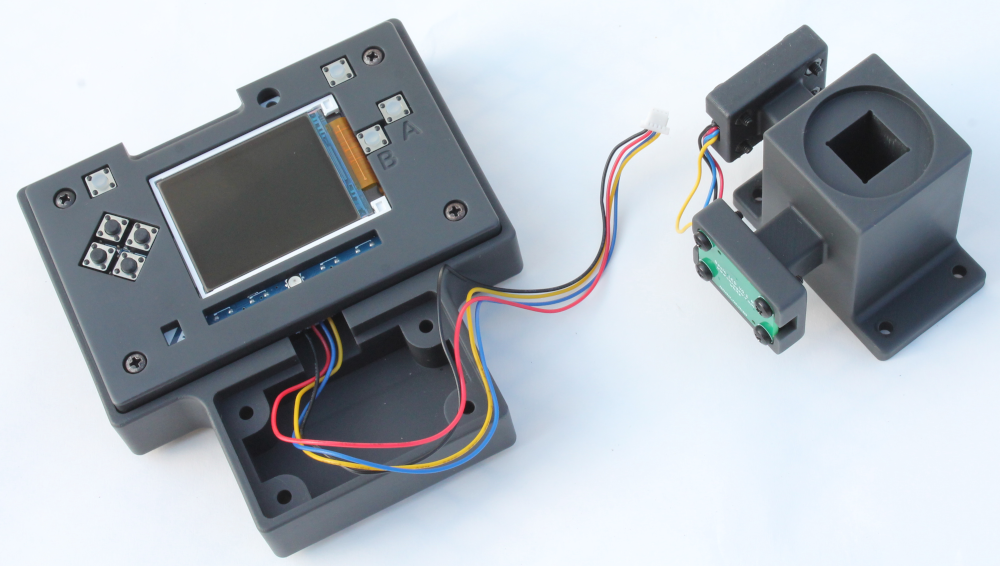
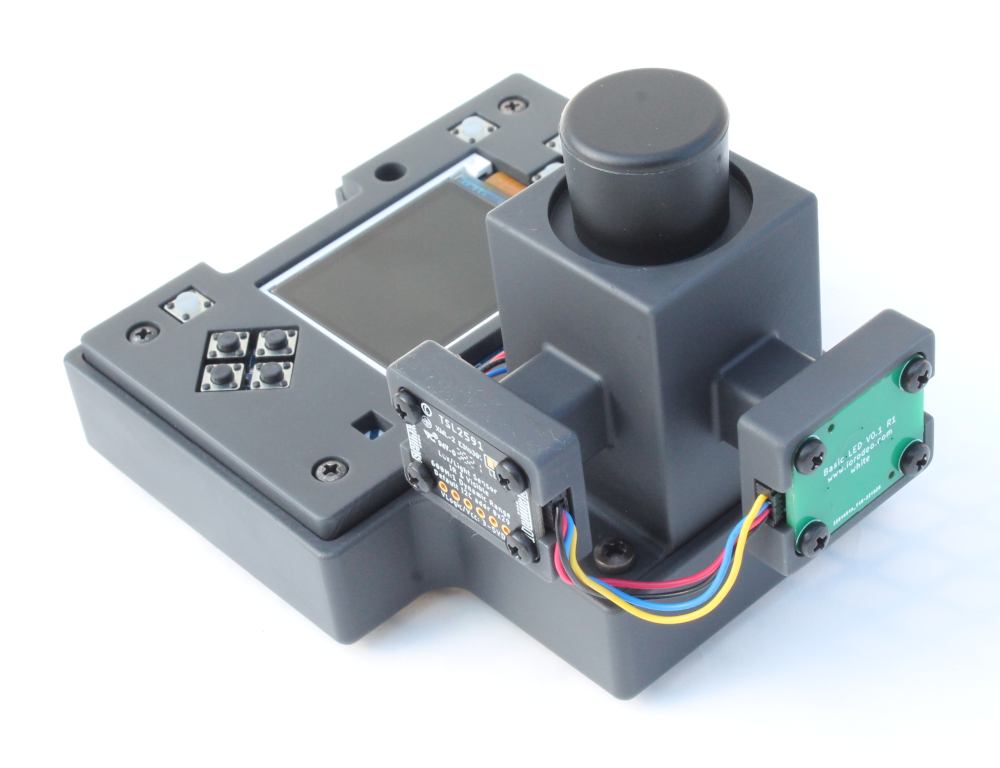
Proof-of-concept: Turbidity measurements
As mentioned above, the ability to measure turbidity (cloudiness) has lots of applications but is probably most associated with water quality measurements. Cloudiness in water is a result of suspended particles from dirt, algae, minerals, proteins, bacteria etc. and varies depending on the water source.
In the U.S., water turbidity is typically measured in NTUs (Nephelometric Turbidity Units). Formazin NTU turbidity standards are used to calibrate turbidity meters (also called nephelometers). Users can either prepare a 4,000 NTU turbidity standard by mixing the two precursors (hydrazine sulfate and hexamethylenetetramine), or purchase a prepared standard from any of the usual water quality reagent stores such as Hach and LabChem.
Expected NTU ranges in water samples
The following information was taken from the “Clean Water Team (CWT) 2004. Turbidity Fact Sheet, FS-3.1.5.0(Turb). in: The Clean Water Team Guidance Compendium for Watershed Monitoring and Assessment, Version 2.0. Division of Water Quality, California State Water Resources Control Board (SWRCB), Sacramento, CA.” CWT is a citizen monitoring program of the California State Water Resources Control Board.
- Drinking water: <0.1 NTU
- Typical groundwater: <1 NTU
- Water bodies with moderate plant and animal life: 1 - 10 NTU
- Water bodies enriched with nutrients, supporting large plumes of planktonic life: 10 - 50 NTU
- Winter storm flows in creeks and rivers: 20 - 1000 NTU
Preparing NTU standards
We purchased a 4,000 NTU formazin turbidity standard from LabChem (part # LC26290-1). From this standard we prepared a series of dilutions from 0-1000 NTUs. A sample of each was transferred to a cuvette as shown in the images below.
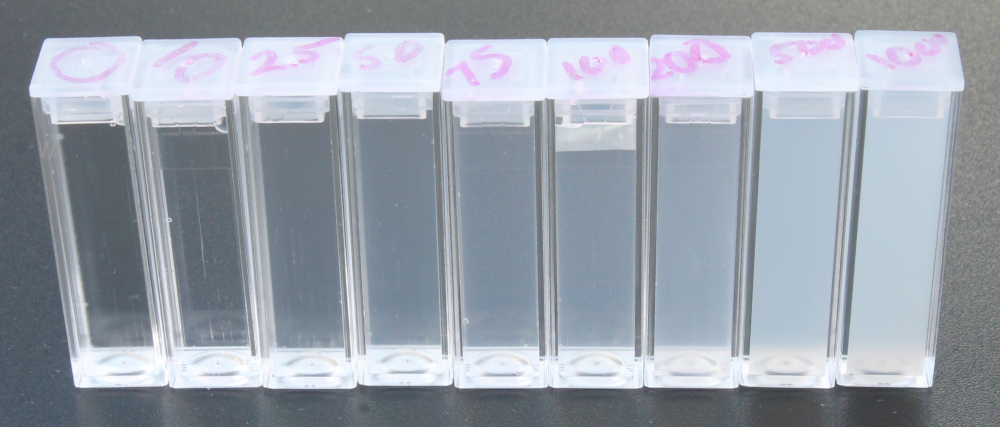
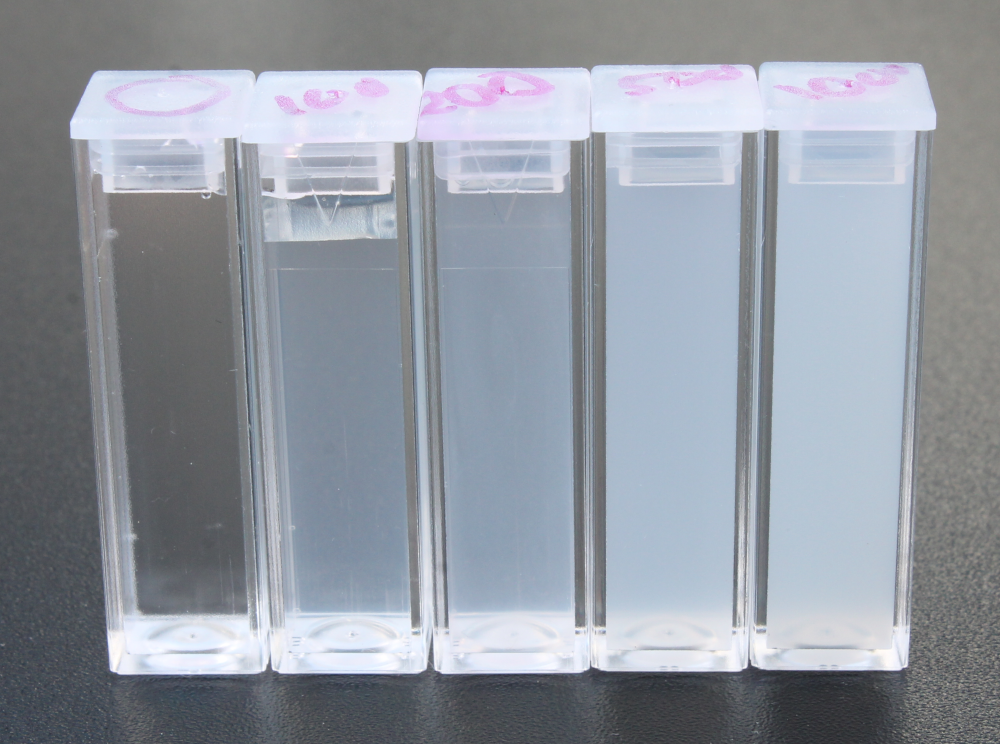
We used the modified R/A Open Colorimeter to measure light intensity versus NTU. Preliminary data from the first tests is shown below.

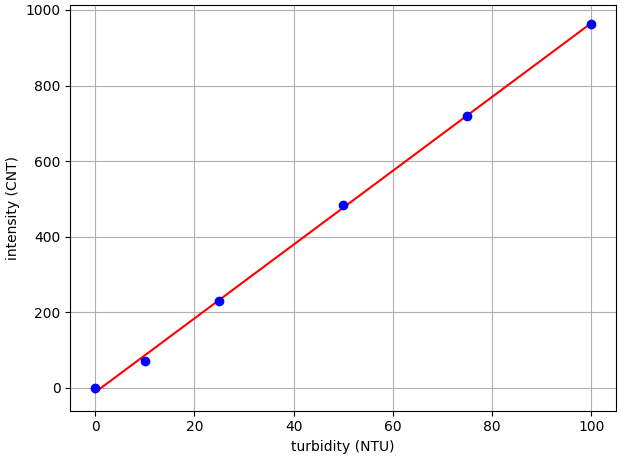
Next Steps
The initial proof-of-concept results look really promising. This initial prototype is able to reliably measure up to 1,000 NTU with linear response in the 0-100 NTU range. However we did identify a few changes we want to make to the R/A cuvette holder design. These include:
- Adding a light-blocking cover. This is especially needed for any field measurements
- Move the light sensor closer to the sample to increase sensitivity
- Add a second 180° light sensor for measuring incident LED light intensity. This is useful for normalizing data between instruments
- Add different tube options and filter mounts. These will be used for fluorescence measurements
Bookmarks
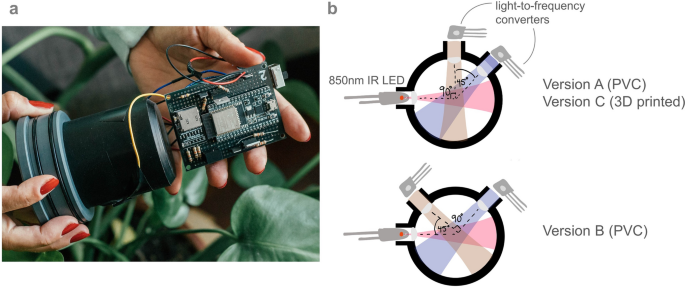









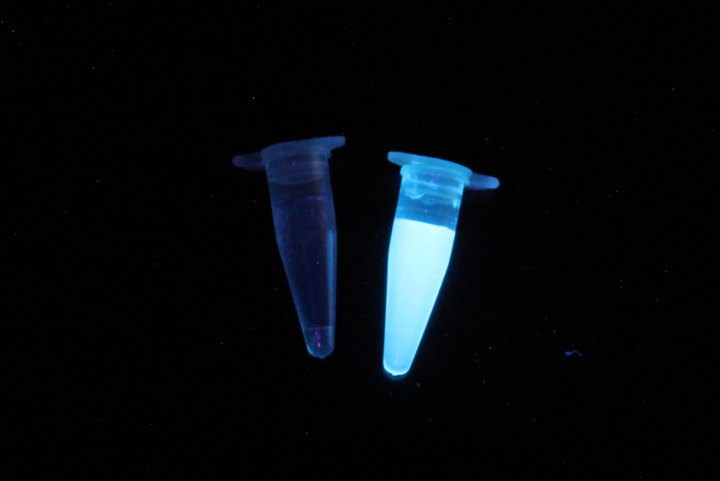
Comments ()